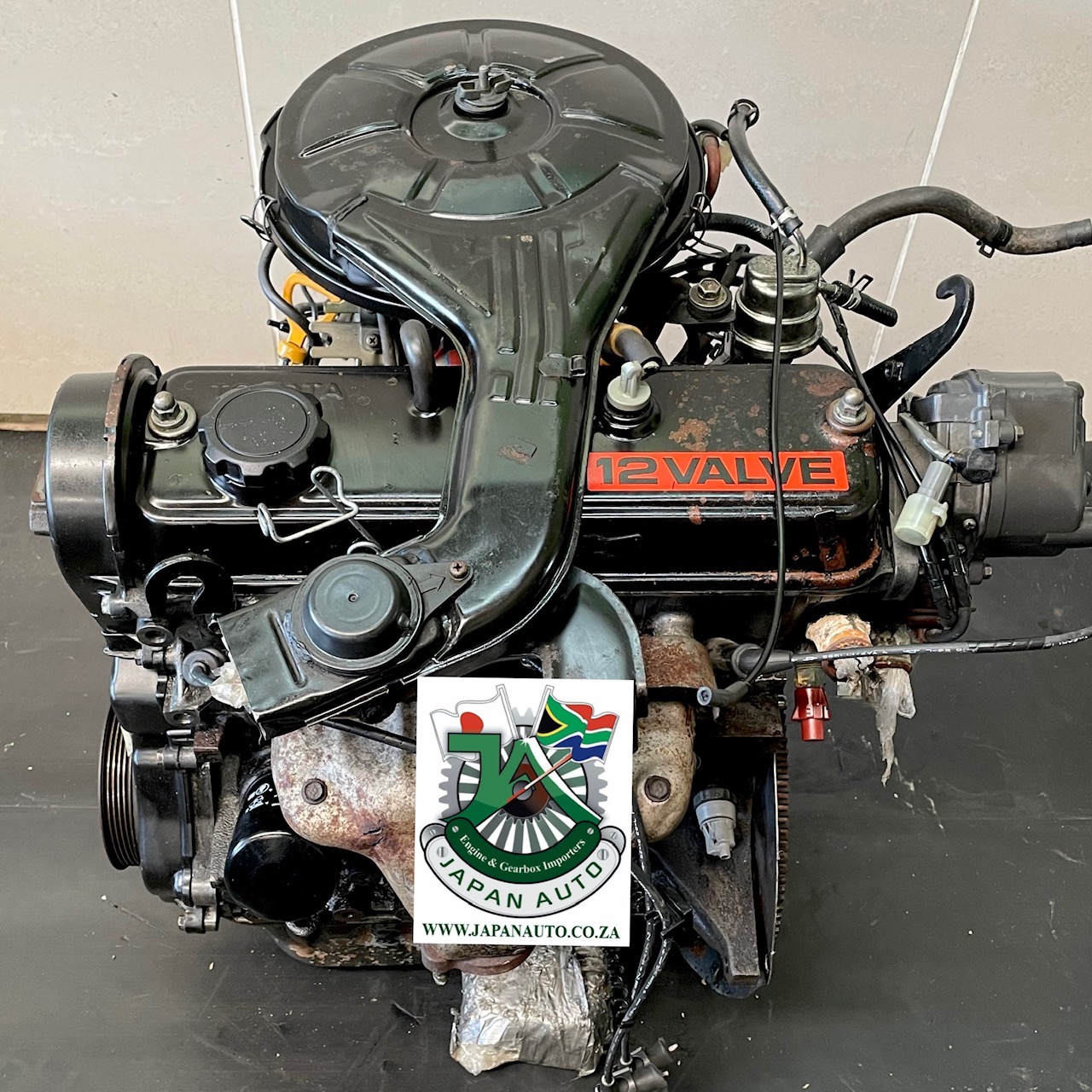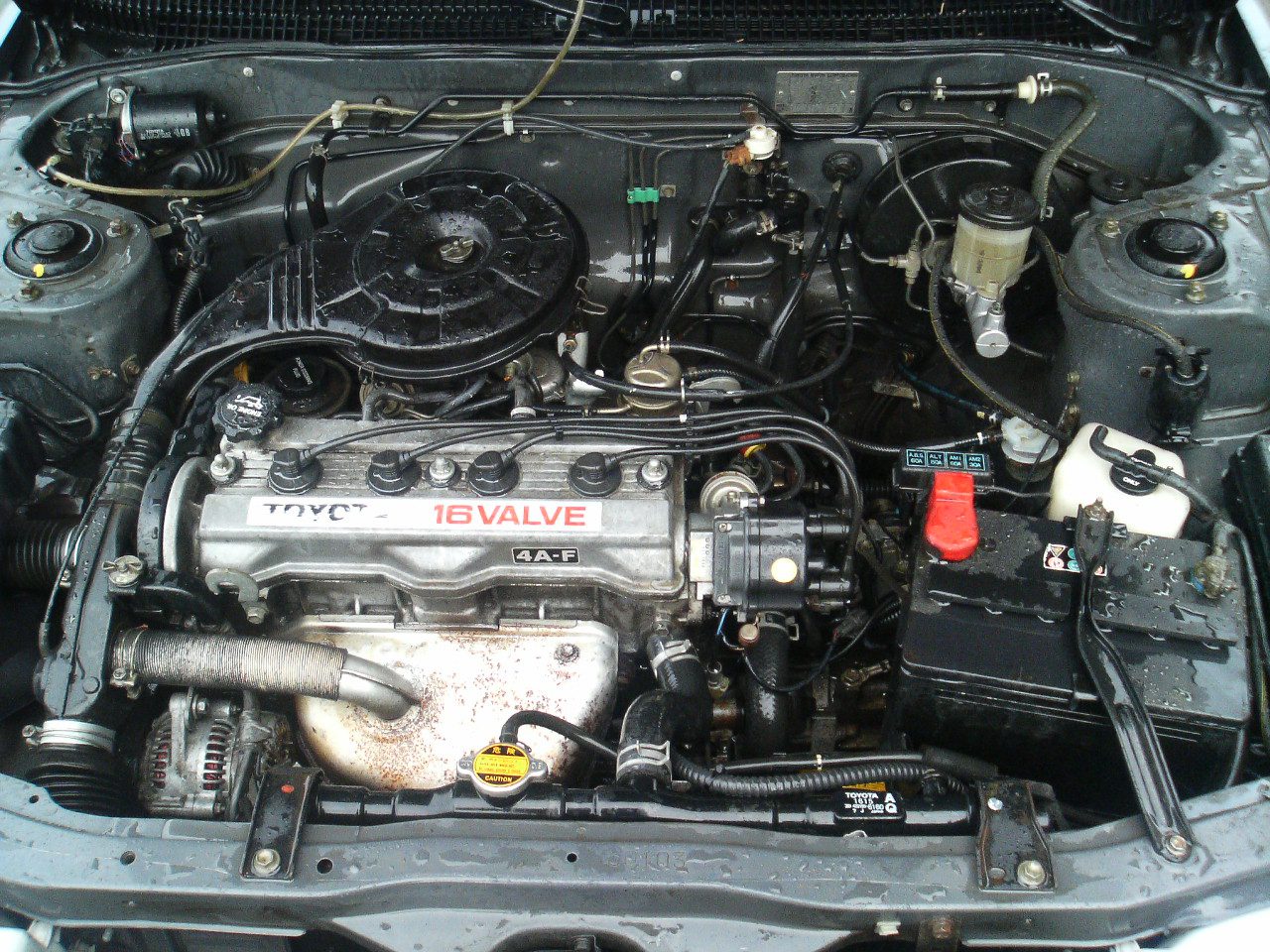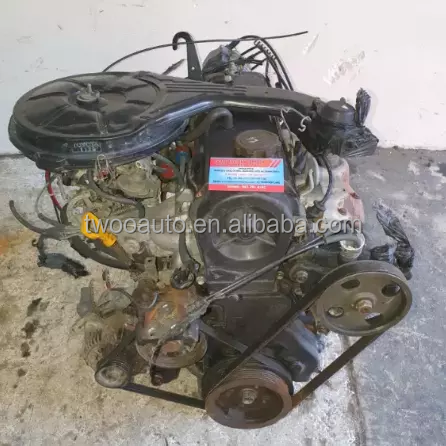Toyota Tazz: A Practical and Efficient Car for City Driving and Beyond
Explore the Newest Trends in Engine Technology With Tazz
In the swiftly developing landscape of automobile modern technology, Tazz stands at the leading edge, highlighting considerable advancements in engine systems that prioritize both advancement and sustainability. tazz. From hybrid engines that maximize gas efficiency to the development of hydrogen fuel cells, the fads shaping contemporary powertrains are not just boosting performance but likewise addressing essential ecological challenges. As the industry remains to push boundaries, it is important to take into consideration just how these advancements will influence future transport remedies and the broader implications for international power consumption. What exists in advance in this critical transformation?
Crossbreed Engine Innovations
Crossbreed engine technologies represent an essential shift in auto modern technology, integrating the benefits of interior burning engines with electric propulsion systems. This integration not just enhances fuel efficiency but also minimizes exhausts, conference significantly strict environmental regulations. By making use of both power sources, hybrid engines can enhance performance, supplying power when needed while conserving gas throughout much less demanding motoring conditions.
Recent developments in hybrid innovation include improvements in battery efficiency and regenerative stopping systems. These innovations enable higher energy healing during deceleration, which can be rerouted to assist in velocity or power accessory systems. Suppliers are concentrating on lightweight products and compact styles to make best use of the performance of crossbreed powertrains.
The advancement of plug-in crossbreeds has likewise increased the market, enabling vehicle drivers to bill their vehicles using basic electric outlets. This attribute often permits significant all-electric range, additional decreasing dependancy on conventional gas. tazz. As the vehicle industry continues to progress, hybrid engine technologies are expected to play a critical duty in connecting the gap in between standard cars and completely electric designs, offering a transitional remedy that satisfies varied consumer requirements and preferences
Breakthroughs in Electric Powertrains
The auto landscape is swiftly advancing, with electric powertrains arising as a leading force in lasting transportation. Developments in electrical automobile (EV) modern technology are substantially enhancing performance, performance, and individual experience. Key innovations include renovations in battery chemistry, which have increased energy thickness, reduced billing times, and prolonged total battery life.
Solid-state batteries, as an example, promise to change the marketplace by giving better safety and efficiency compared to standard lithium-ion cells. Moreover, developments in regenerative stopping systems are making it possible for automobiles to recover energy during slowdown, adding to total effectiveness.
In enhancement to battery modern technology, electric motor styles are becoming much more innovative. Technologies such as integrated electric motors and advanced thermal administration systems are helping to enhance power distribution and reduce weight, ultimately boosting vehicle characteristics.

Jointly, these developments highlight the dedication to shift in the direction of cleaner, a lot more efficient transportation remedies, positioning electric powertrains at the center of automobile development.
The Surge of Hydrogen Gas Cells
Increasingly, hydrogen fuel cells are gaining traction as a practical alternative to typical inner burning engines and battery electrical cars. This modern technology harnesses the chemical power stored in hydrogen, converting it into electrical energy through an electrochemical reaction with oxygen. The key by-product of this process is water, making hydrogen gas cells an eco-friendly alternative with absolutely no emissions at the tailpipe.

Automakers are significantly spending in hydrogen gas cell innovation, acknowledging its possibility for long-range applications and quick refueling capabilities that match traditional fuels. Furthermore, fields such as heavy-duty transport and public transit are especially appropriate for hydrogen gas cells, where battery electrical solutions may fall short due to weight and range limitations.
As study and investment proceed to increase, hydrogen gas cells are poised to play a considerable duty in the future landscape of tidy transport and power remedies.
Enhancements in Internal Burning Engines
Technologies in inner burning engine (ICE) modern technology are changing typical lorries to fulfill modern-day ecological requirements and performance expectations. One of one of the most substantial improvements includes the combination of advanced fuel shot systems. These systems maximize the air-fuel blend, enhancing combustion efficiency and resulting in reduced exhausts. Straight gas injection, for instance, enables far better atomization of gas, resulting in more full burning and improved power output.
Furthermore, turbocharging has actually gotten prominence, permitting smaller engines to supply higher efficiency without the weight of larger engines - tazz. This modern technology not only boosts performance but additionally adds to lower gas consumption. Variable shutoff timing systems are also being fine-tuned, enabling engines to adjust to various driving conditions for boosted torque and responsiveness
Additionally, using lightweight products in engine building is coming to be basic, more enhancing fuel performance by decreasing total car weight. Engine control systems (ECUs) are significantly sophisticated, allowing real-time adjustments that enhance efficiency and emissions.
These enhancements jointly why not try these out indicate a critical click to read more shift in ICE modern technology, aligning with worldwide sustainability objectives while still giving the performance chauffeurs get out of their lorries. As the industry develops, these renovations remain to shape the future of conventional vehicle design.
Future Fads in Engine Performance
Significant developments in engine effectiveness are expected as suppliers concentrate on incorporating cutting-edge technologies to satisfy strict ecological guidelines and customer needs. The change in the direction of electrification, crossbreed systems, and different gas is improving the auto landscape, driving innovations that enhance fuel economy and decrease emissions.
One of the key trends is the execution of advanced products and making strategies. Light-weight compounds and high-strength alloys contribute to reduced vehicle weight, hence boosting general effectiveness. Additionally, the adoption of turbocharging and variable shutoff timing modern technologies permits for enhanced power outcome from smaller engines, further enhancing gas economic situation.

Verdict
Developments in crossbreed engine systems, electrical powertrains, and hydrogen gas cells show a commitment to decreasing discharges while boosting performance. Enhancements in inner burning engines and an emphasis on light-weight products add to overall engine efficiency.
From hybrid engines that optimize fuel effectiveness to the introduction of hydrogen gas cells, the patterns forming modern-day powertrains are not just boosting efficiency yet additionally resolving critical environmental challenges.Crossbreed engine innovations stand for a crucial change in auto modern technology, incorporating the advantages of inner burning engines with electric propulsion systems.Furthermore, turbocharging has acquired prominence, allowing smaller sized engines to supply greater performance without the weight of larger engines. In addition, the fostering of turbocharging and variable shutoff timing innovations allows for improved power result from smaller sized engines, additionally improving fuel economic situation.
Renovations in interior combustion engines and a focus on light-weight products contribute to overall engine performance.